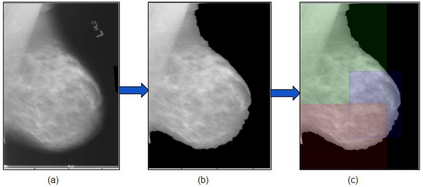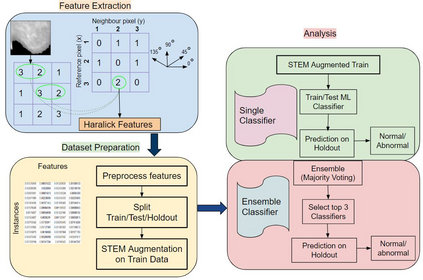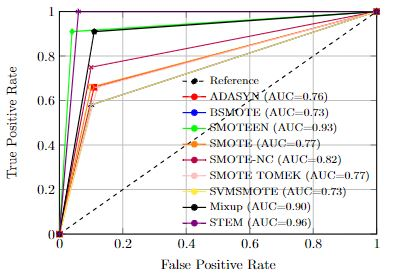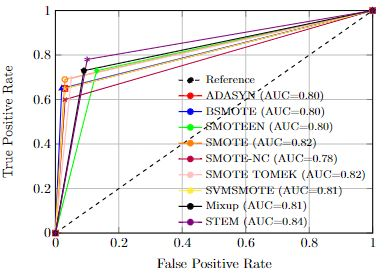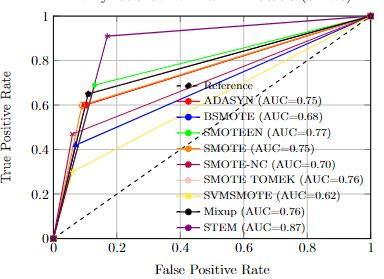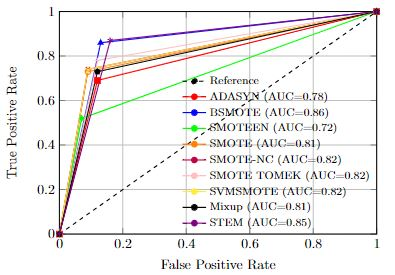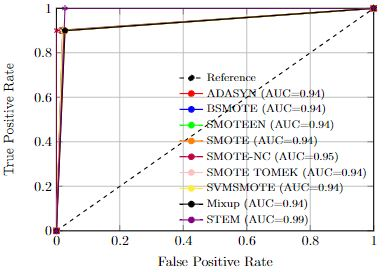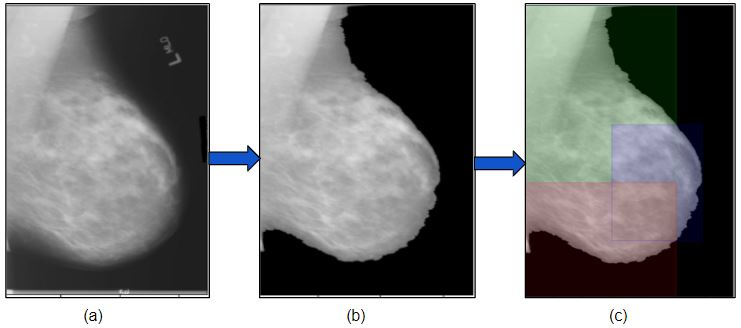Imbalanced datasets in medical imaging are characterized by skewed class proportions and scarcity of abnormal cases. When trained using such data, models tend to assign higher probabilities to normal cases, leading to biased performance. Common oversampling techniques such as SMOTE rely on local information and can introduce marginalization issues. This paper investigates the potential of using Mixup augmentation that combines two training examples along with their corresponding labels to generate new data points as a generic vicinal distribution. To this end, we propose STEM, which combines SMOTE-ENN and Mixup at the instance level. This integration enables us to effectively leverage the entire distribution of minority classes, thereby mitigating both between-class and within-class imbalances. We focus on the breast cancer problem, where imbalanced datasets are prevalent. The results demonstrate the effectiveness of STEM, which achieves AUC values of 0.96 and 0.99 in the Digital Database for Screening Mammography and Wisconsin Breast Cancer (Diagnostics) datasets, respectively. Moreover, this method shows promising potential when applied with an ensemble of machine learning (ML) classifiers.
翻译:暂无翻译

